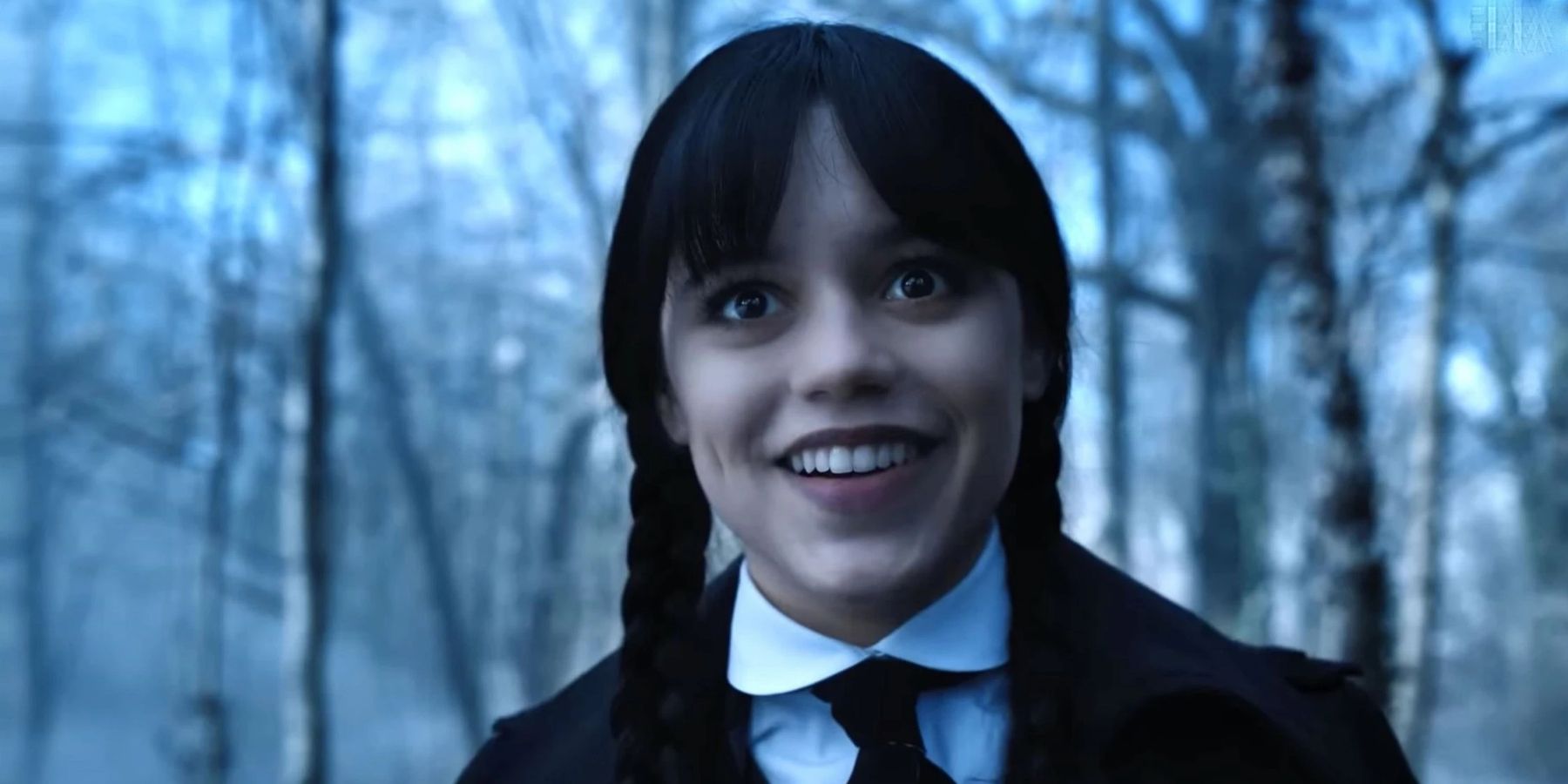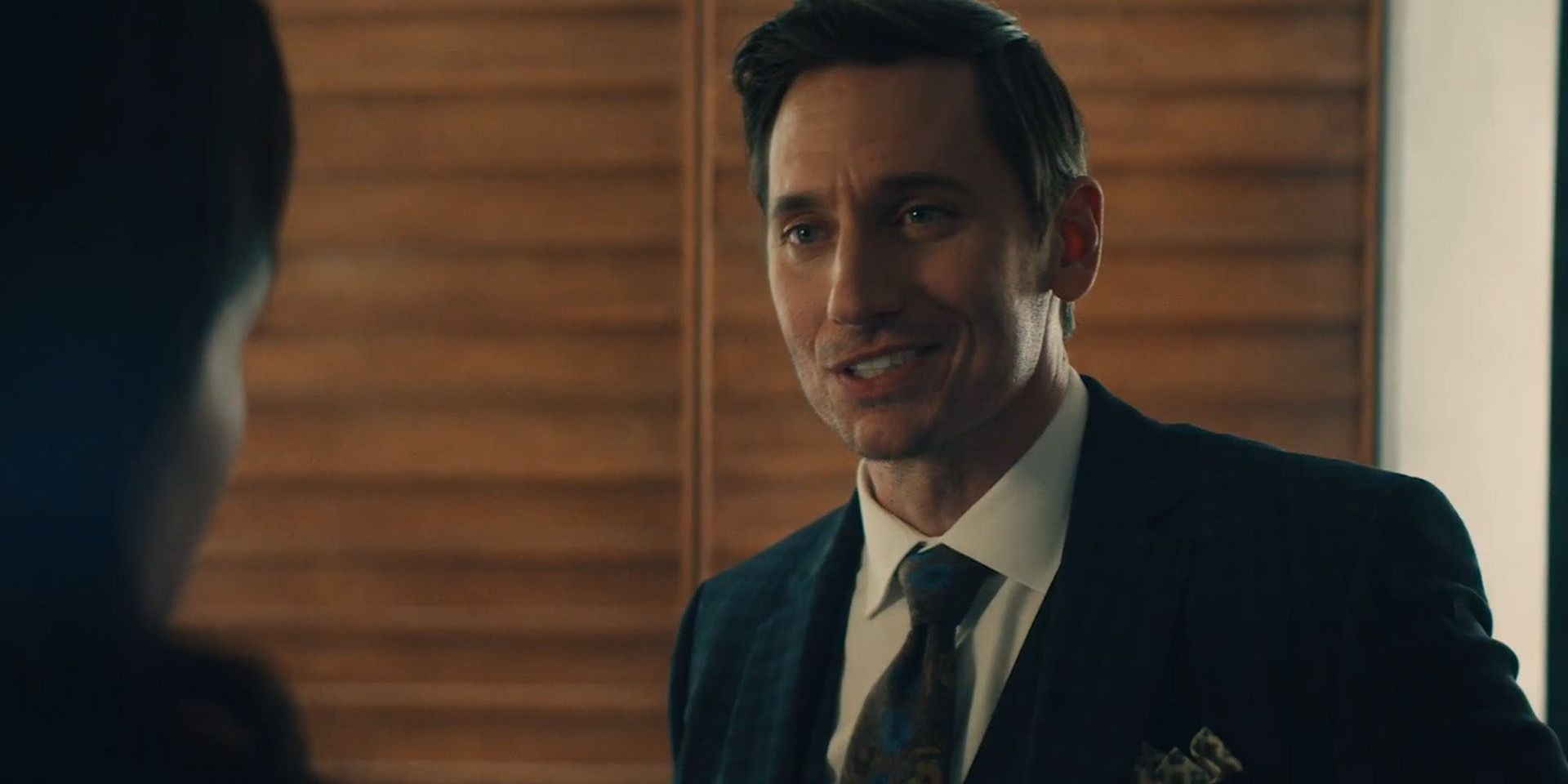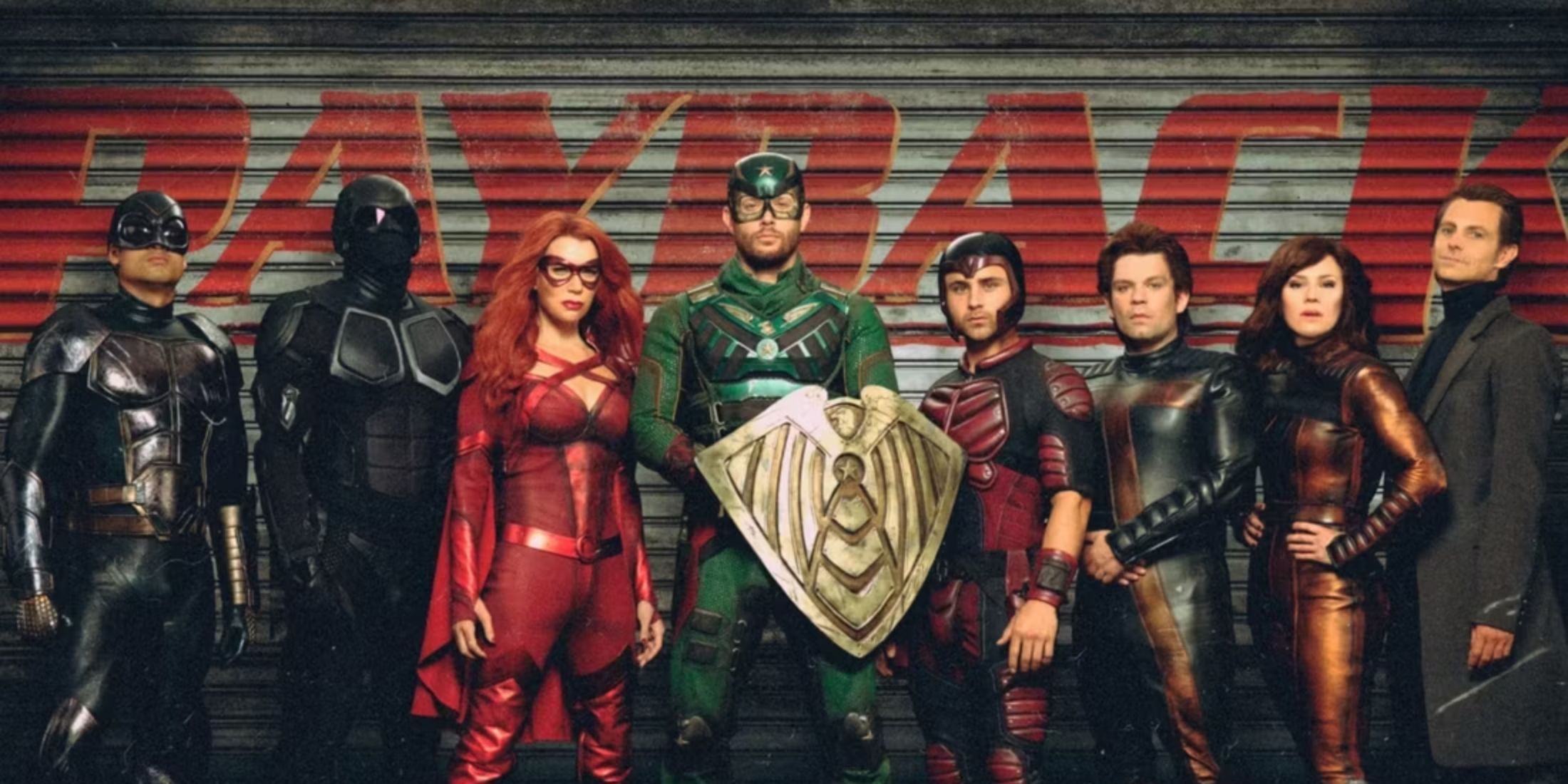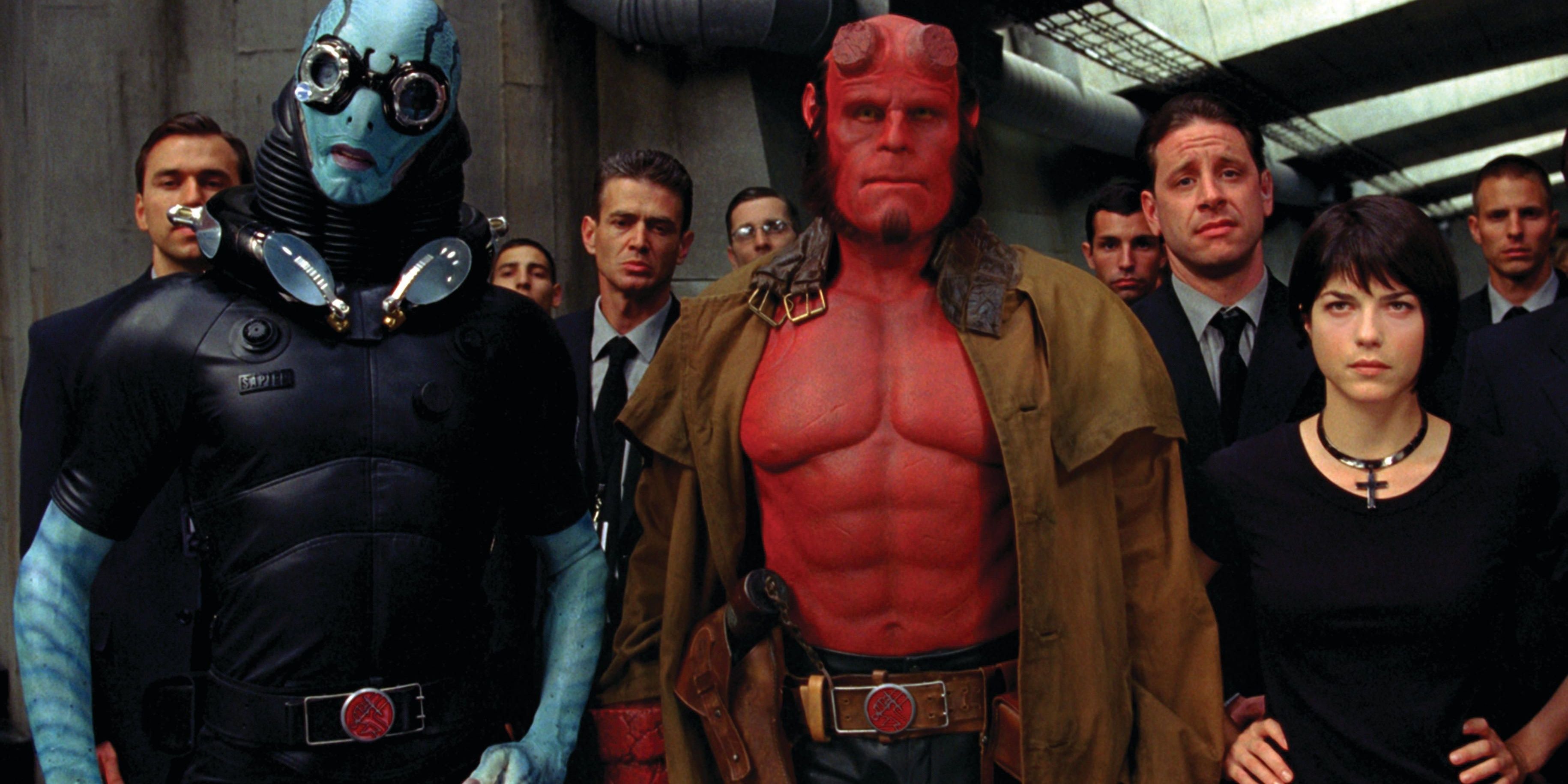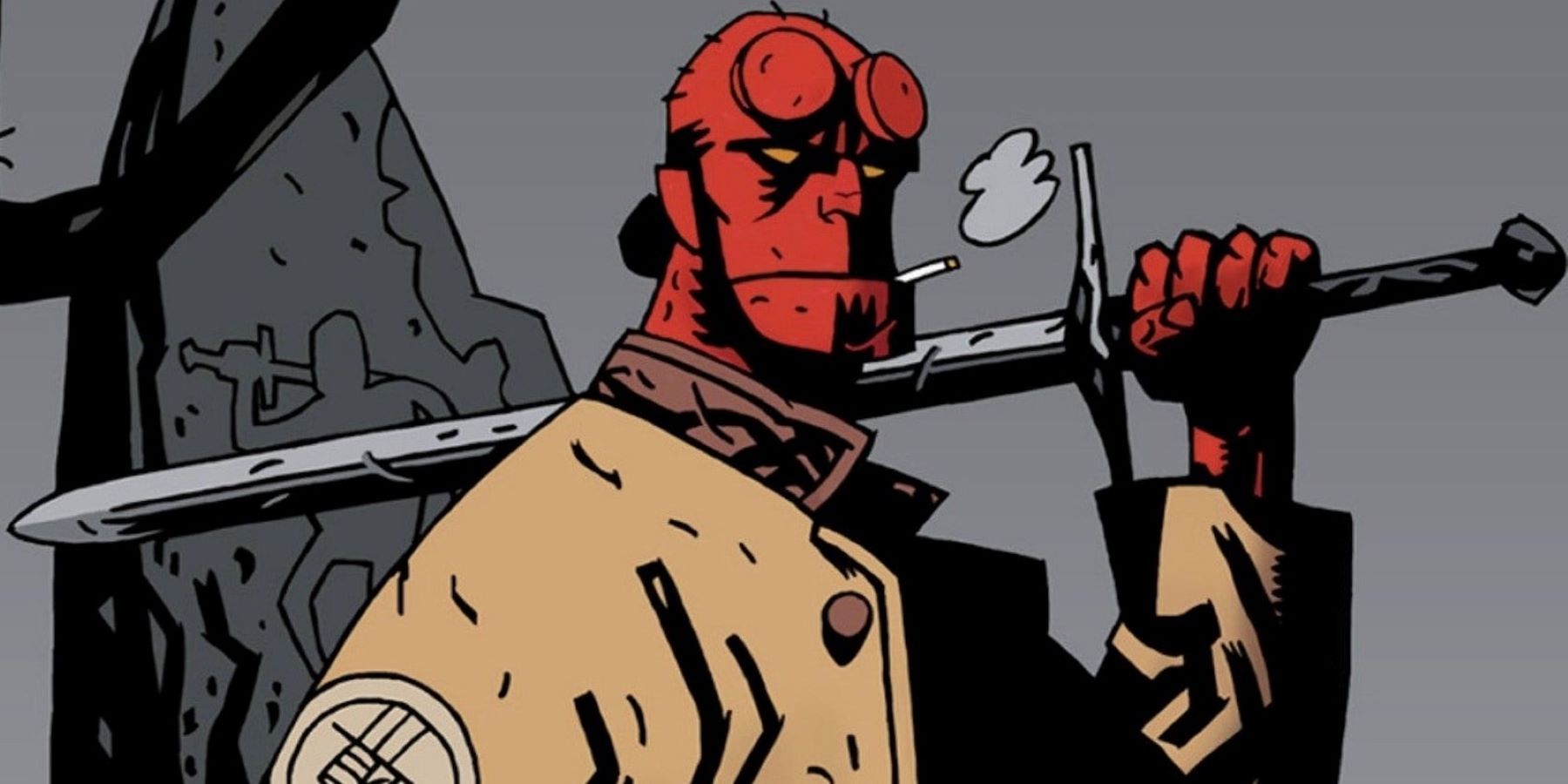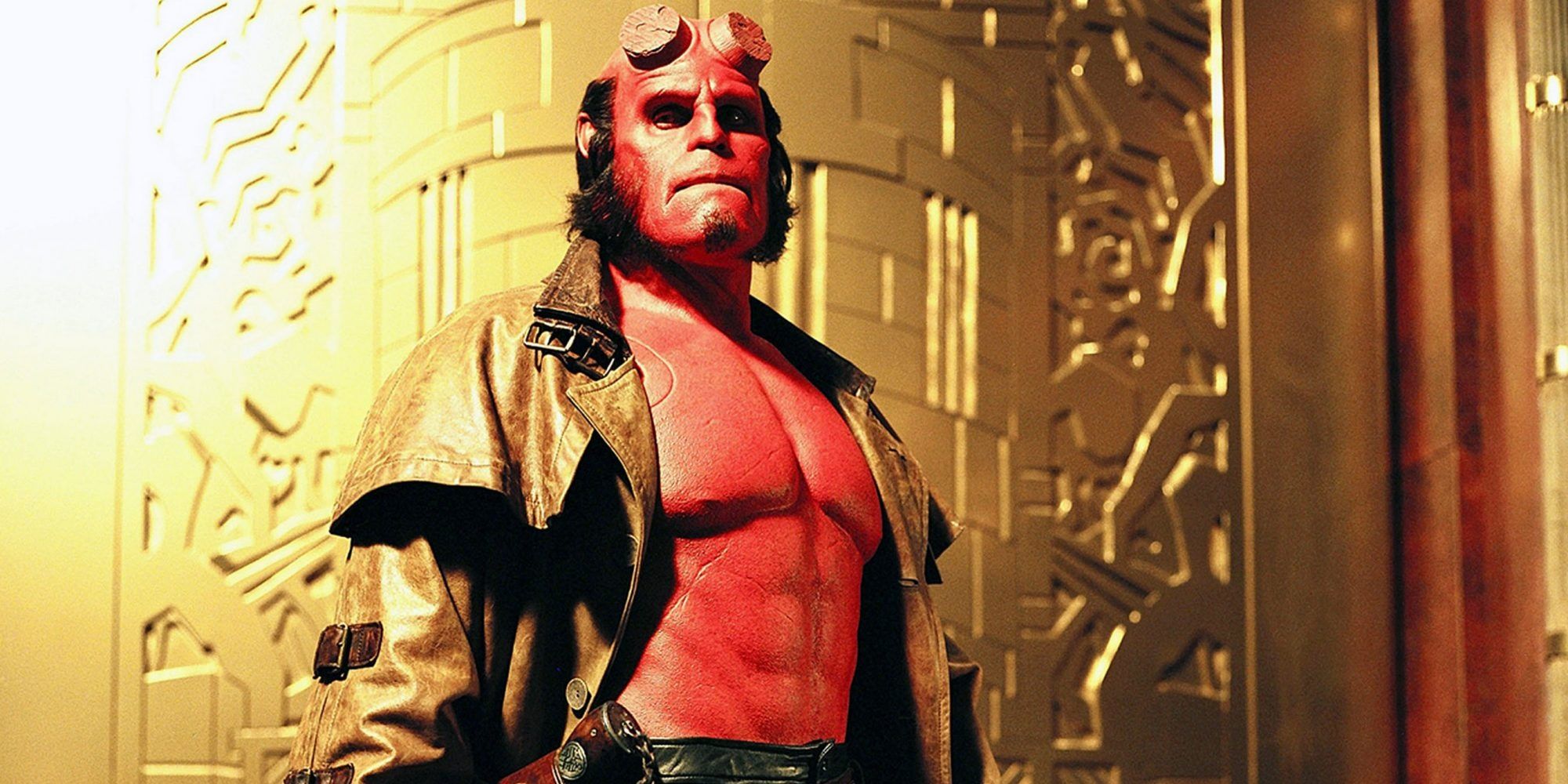Superhero movies have been the dominant force in cinema for ages now, but there are just so many that some get undeservedly drowned out. These two films don't fall into the Marvel Cinematic Universe or the DC Extended Universe but have a beautiful world of their own that is well worth revisiting.
Guillermo del Toro is one of the most accomplished and beloved film directors working today, and his storied career has been one tremendous work of art after another. From his earliest hits like The Devil's Backbone to his massive blockbuster in Pacific Rim, to his most recent work Nightmare Alley, the man does not miss.
Hellboy was created by Mike Mignola in 1993 and owned independently by the writer and artist ever since. The character's stories are primarily created by Mignola but have been handed over to a variety of other writers over the years. Dark Horse publishes the Hellboy comics, which now number over a hundred issues. Hellboy has crossed over with other publishers now and again, including a DLC appearance in Injustice 2.
Hellboy, also known as Anung un Rama, is a half-demon summoned to Earth by Nazis near the end of World War II. Hellboy is discovered by a paranormal researcher who gets the young monster safely re-homed in the US. The half-demon is raised to become an investigator and exterminator, perhaps the best equipped being on Earth to handle paranormal threats. A gruff but good-natured half-man, Hellboy works alongside the amphibian man Abe and the pyrokinetic Liz to face Lovecraftian monstrosities and demonic threats to human societies. Just over a decade after his introduction, the time came for Hellboy to take to the screen.
Guillermo del Toro and Mike Mignola shopped around their idea for a Hellboy movie to multiple studios over the course of several years. The pair had a clear vision for the film, taking inspiration from Ray Harryhausen and Jack Kirby in its presentation. Finally, the film was produced with the help of Columbia Pictures and Lawrence Gordon. Based loosely on the Seed of Destruction series, 2004's Hellboy introduces the hero and sees him face off against the Nazi occultists who summoned him. Hellboy must contend with demons, magically enhanced Nazis, and the immensely powerful sorcerer Rasputin, while also struggling with his own emotions. The film introduces new characters to the mythos, changes Hellboy's introduction, and even gives new names to long-held aspects of the canon.
The original Hellboy is an outstanding superhero film with a gripping horror twist. Del Toro's monster design stands out as always, making both the heroes and villains impossible to look away from. The action scenes blaze their own path, neither the flashy explosions of the Marvel movies nor the stripped-down rush of John Wick's battles. Ron Perlman, who takes the title role, was the first choice of both the director and Mignola. He absolutely defines the character, bringing tons of personality through the tiniest details, even under all the makeup. It was hugely well received, with many still proclaiming it one of the best encapsulations of a comic in film history. The film made just under a hundred million at the box office and a sequel was announced just a month after release.
Hellboy II: The Golden Army hit some challenges on the path to release. Originally intended for 2006, a shake-up in productions pushed its release back to 2008. A variety of factors, including del Toro's work on and success from the fairy tale masterpiece Pan's Labyrinth, led to a shift in direction for the sequel. This film focused more on mystical ancient lore than pulpy historical sci-fi. Taking heavy inspiration from Irish myth, The Golden Army centers around Hellboy's battle with an ancient Elven prince who seeks to unleash the titular mechanical threat upon humanity. This film is not an adaptation of a specific Hellboy comic, but a new story written by del Toro and Mignola.
Just as visually gorgeous as its predecessor, del Toro outdoes himself. The eponymous army is comprised of clockwork machinery that strikes the viewer with its intricate inner workings. The characters experience some genuine growth, their continued interplay is extremely fun to watch. The B.P.R.D. team, including new addition Johann Krauss, bring everything enjoyable about Buffy-style monster hunters and comic book superheroes wrapped up into one group. The film's angel of death design alone still shows up in del Toro's greatest hits supercuts. Tragically, del Toro's plans for a trilogy were not to be, and what came instead was an insult to what came before.
It's unknown why the producers of the third Hellboy film pushed del Toro from his director's chair, but it has become clear that they were determined to keep him from finishing his trilogy. Without del Toro, Perlman refused to return, and the producers were forced to make it a full reboot. The 2019 film was a box office disaster, a roundly panned adaptation, and overwhelmingly despised by critics. Cast and crew blamed fans of the previous films, very few critics could go without negatively comparing the film to del Toro's takes on the franchise. Still, the film fails on its own merits, unable to survive just on David Harbour's decent performance in the title role. In this case, fans saw past name recognition and recognized the reboot as the pale imitation it was. Del Toro's Hellboy duology was an impossible act to follow, for the very same qualities that make them solid superhero classics over a decade later.

